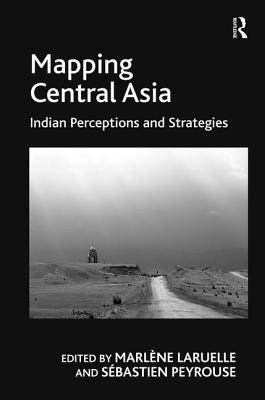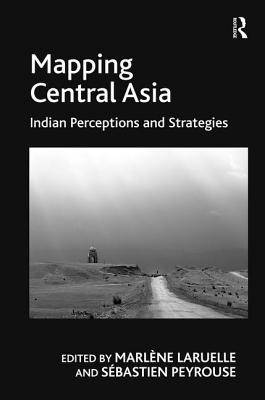
- Afhalen na 1 uur in een winkel met voorraad
- Gratis thuislevering in België vanaf € 30
- Ruim aanbod met 7 miljoen producten
- Afhalen na 1 uur in een winkel met voorraad
- Gratis thuislevering in België vanaf € 30
- Ruim aanbod met 7 miljoen producten
Zoeken
€ 195,95
+ 391 punten
Uitvoering
Omschrijving
With renewed American involvement in Afghanistan, Pakistan's growing fragility, and China's rise in power in the post-Soviet space, Central Asia-South Asia relations have become central to understanding the future of the Eurasian continent. Mapping Central Asia identifies the trends, attitudes, and ideas that are key to structuring the Central Asia-South Asia axis in the coming decade. Structured in three parts, the book skillfully guides us through the importance of the historical links between the Indian sub-continent and Central Asia, the regional and global context in which the developing of closer relations between India and Central Asia has presented itself since the collapse of the Soviet Union, the precise domains of Indo-Central Asian cooperation, and studies three conflict zones that frame Indo-Central Asian relations: the Kashmir question; the situation in Afghanistan; and fear of destabilization in Xinjiang. The international line-up of established scholars convincingly demonstrate the fundamental necessity to define the Indian approach on these issues and provide cutting-edge insights on the tools needed to understand the solutions for the decade to come.
Specificaties
Betrokkenen
- Auteur(s):
- Uitgeverij:
Inhoud
- Aantal bladzijden:
- 262
- Taal:
- Engels
Eigenschappen
- Productcode (EAN):
- 9781409409854
- Verschijningsdatum:
- 16/08/2011
- Uitvoering:
- Hardcover
- Formaat:
- Genaaid
- Afmetingen:
- 156 mm x 233 mm
- Gewicht:
- 639 g

Alleen bij Standaard Boekhandel
+ 391 punten op je klantenkaart van Standaard Boekhandel
Beoordelingen
We publiceren alleen reviews die voldoen aan de voorwaarden voor reviews. Bekijk onze voorwaarden voor reviews.











